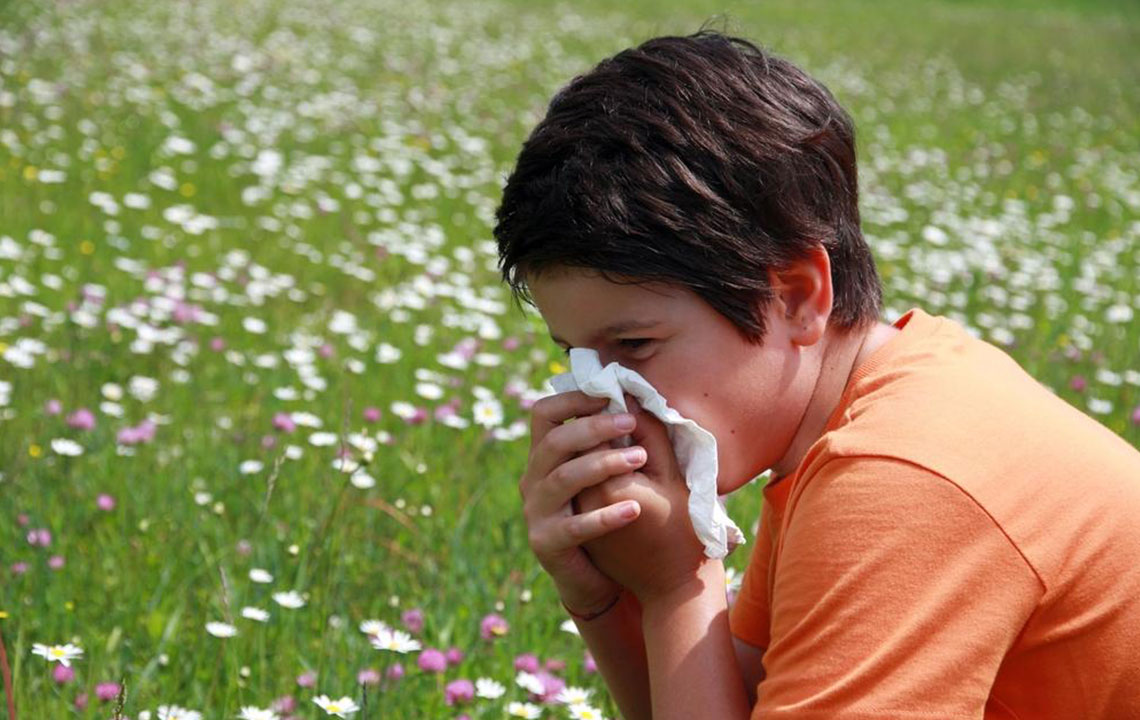Comprehensive Guide to Recognizing and Managing Dust Mite Allergies
Dust mite allergies are common and can cause a range of symptoms from sneezing to asthma. This comprehensive article covers their causes, symptoms, risk factors, diagnosis, and effective treatment methods, helping sufferers understand and manage their allergies better to improve health and quality of life.

Comprehensive Guide to Recognizing and Managing Dust Mite Allergies
Dust mites are virtually invisible microscopic creatures that thrive in our indoor environments by feeding on dust particles and human skin flakes. These tiny arachnids are notorious for triggering allergic reactions in millions of people worldwide. Understanding the details of dust mite allergies, their symptoms, causes, risk factors, and effective prevention and treatment strategies is essential for individuals suffering from allergy symptoms. This comprehensive guide delves deeply into the key signs of dust mite allergies, helping you recognize symptoms early and take necessary measures to improve your health and quality of life.
According to the Asthma and Allergy Foundation of America (AAFA), approximately twenty million Americans are affected by dust mite allergies. These allergens are primarily found in environments with ample dust accumulation, such as bedding, carpets, upholstery, and stuffed furniture. When dust mites proliferate, they shed parts of their bodies and fecal matter, which become airborne and inhaled, provoking immune responses that manifest as allergic symptoms. If left unmanaged, dust mite allergies can progress into more severe health issues such as asthma, sinus infections, or chronic respiratory conditions. Recognizing early signs of allergy is crucial to prevent complications.
Understanding the Causes Behind Dust Mite Allergies
Our immune system is designed to protect us from harmful substances, but in allergic individuals, it overreacts to harmless allergens like dust mite proteins. These tiny creatures leave behind decayed bodies, fecal pellets, and shed skins, all of which contain potent allergens. When inhaled, these substances trigger an immune response leading to allergy symptoms. Dust mites thrive in humid, warm environments, especially in areas where dust persists, such as bedding, carpets, mattresses, upholstery, and soft furnishings. The presence of dust mites is closely linked to environments with high humidity levels, typically above 50%, which create ideal breeding grounds for these mites.
Common Symptoms of Dust Mite Allergies and How to Recognize Them
It is essential to understand that the severity of dust mite allergy symptoms can vary greatly among individuals but generally include several recognizable signs. Common symptoms encompass:
Persistent itchy skin, especially around the face and neck
Frequent sneezing episodes, often accompanied by nasal congestion
Runny nose with clear mucus
Watery, itchy, and red eyes
Nasal congestion or stuffiness, making breathing difficult
Postnasal drip — mucus dripping down the throat, causing sore throat or cough
Sore throat and irritation after prolonged exposure
Sleep disturbances due to nasal congestion and coughing
Sinus pressure and facial pain, often mistaken for sinus infections
Swelling and dark circles beneath the eyes, commonly called allergic shiners
In people with pre-existing respiratory conditions like asthma, exposure to dust mite allergens can exacerbate symptoms, leading to chest tightness, wheezing, difficulty breathing, and even asthma attacks. Recognizing these symptoms early is critical, as they can significantly impair sleep quality and daily functioning.
Factors That Increase the Risk of Developing Dust Mite Allergies
While anyone can develop dust mite allergies, certain factors elevate the risk. A family history of allergies or asthma predisposes individuals to hypersensitivity reactions. Young children and young adults who are frequently exposed to dusty environments are particularly vulnerable. Living in humid climates or maintaining poorly ventilated living spaces further promotes dust mite proliferation and thus increases allergy risk. Long-term exposure can lead to chronic allergic conditions, which may complicate health with issues like sinusitis, nasal polyps, or persistent asthma. Severe allergic reactions sometimes require urgent medical intervention, especially during peak allergen levels.
Diagnosing Dust Mite Allergies: Tests and Medical Approach
Diagnosing dust mite allergies involves a thorough evaluation by healthcare professionals through specific tests designed to identify allergen sensitivities. The primary diagnostic methods include:
Skin Prick Test: This commonly used method involves placing small drops of allergen extracts, including dust mite proteins, onto the skin’s surface, usually on the forearm or back. Gentle pricks are made through the drops, allowing the allergens to penetrate the skin. If a person is sensitive, a raised, red, and itchy bump — called a wheal — develops within 15-20 minutes. The size of the wheal indicates the degree of sensitivity, helping physicians confirm dust mite allergy.
Blood Test (Specific IgE Test): This laboratory procedure measures the levels of immunoglobulin E (IgE) antibodies in the blood that the immune system produces in response to specific allergens like dust mites. Blood tests are particularly useful for children or individuals with skin conditions that make skin testing unreliable. They provide quantitative data that aids in allergy diagnosis and management planning.
Management of dust mite allergy primarily involves avoiding exposure to dusty environments and allergens as much as possible. Additional treatments include antihistamines to relieve sneezing and itchiness, decongestants to clear nasal passages, and nasal corticosteroids to reduce inflammation. These medications are available in various forms such as nasal sprays, pills, or drops. In some cases, allergen immunotherapy (allergy shots) may be recommended for long-term relief. It is advisable to consult an allergist or healthcare professional promptly if you notice persistent allergy symptoms, especially during specific seasons or year-round, to develop a tailored treatment plan.





